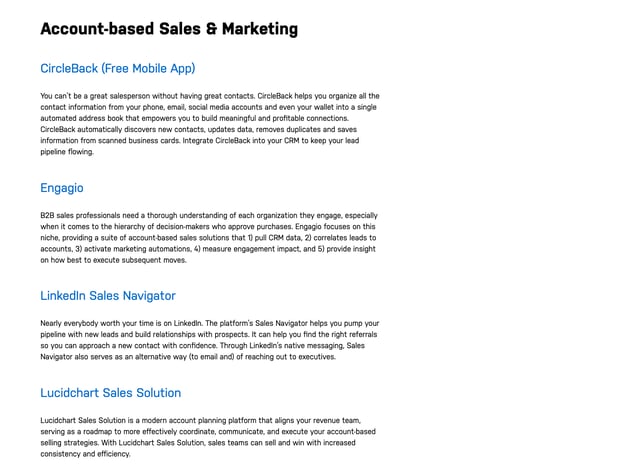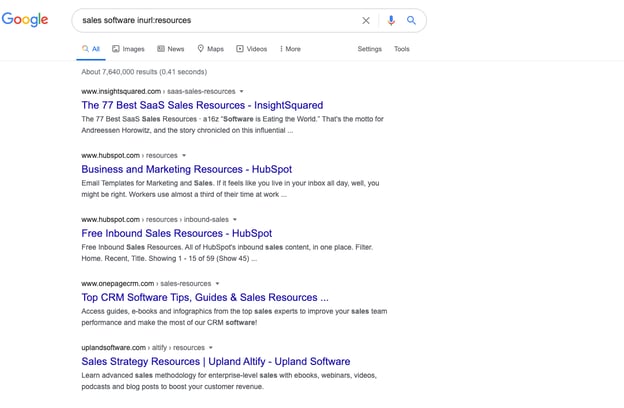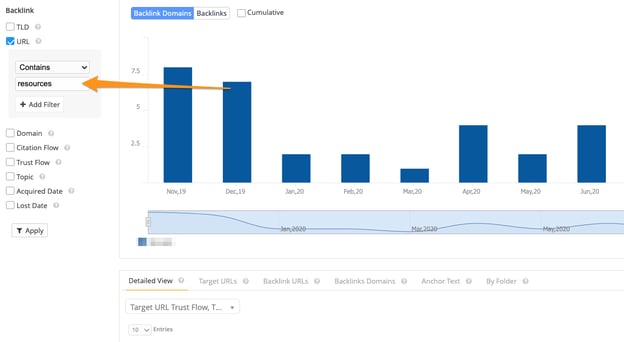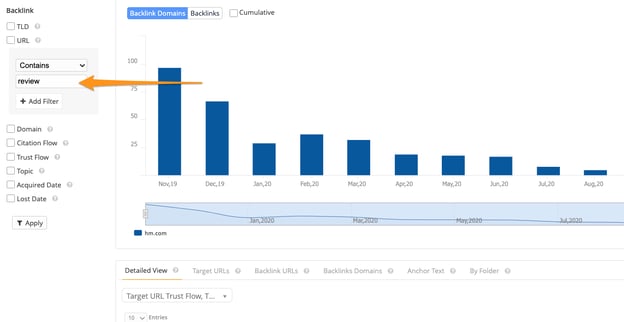Can you guess the biggest challenge preventing many companies from building links and increasing their authority?
No, it’s not finding new link opportunities. It’s not negotiating those link placements either.
The challenge actually lies in acquiring more links without having to create more content.
It’s worth noting that, in this case, content refers both to linkable assets you publish on your site, as well as guest posts and other content you place elsewhere to earn links.
Why is this a challenge? Well, for one, it's because we often perceive link building as a content-related activity. When considering link building strategies, we think of tactics like guest posting, or creating link-worthy content, or publishing proprietary research that others would link to.
Now, don’t get me wrong; all those strategies work and do, in fact, deliver results. But there are other ways to build links, many of which do not require you to create any additional content assets.
This post will show you some of the most effective ones and teach you how to find those opportunities for your brand.
What Links You Can Build Without Creating More Content
There is practically an unlimited number of link building strategies that you could use. Some help you acquire links organically. Others require you to actively find and pursue the opportunity until a link is live.
But as we’ve discussed above, many of those strategies require additional resources - content.
Creating it often puts a strain on your internal resources and capabilities. And that, unfortunately, more often than not, means that you fail to avail of those link opportunities.
So, below, you’ll find a list of opportunities that do not require additional content to generate your links.
The list isn’t exhaustive, by all means. But it contains what I consider the most effective ways to build links without creating additional content.
#1. In-Text Placements for Your Existing Content
An in-text placement is a link included in the content body, be it a blog post, a long-form guide, or a web page. For example, any external link on this very page is, in fact, an in-text placement.
In many cases, in-text placements happen organically. A writer finds your particular page worthy of referencing in their content, and so, they include that link there.
But you can also actively pursue and generate those placements by reaching out to content creators and asking them to include your reference in their existing content.
How to Find In-Text Placement Opportunities
There are two steps involved in the process.
- First, you need to know which page you want to promote and build links to.
- The other, you need to find pages that have covered a similar topic and where your post could be a valuable addition.
For example, if I decided to find in-text placements for this very page, I would begin by looking for other top-ranking content covering the topic in the SERP and evaluating which pages my content could add value to.
After that, the process would involve reaching out to the author of the page to ask for inclusion.
#2. Business Profiles and Resource Pages
Resource pages are assets that, typically, list various resources relating to a specific topic. For example, this page from SalesHacker includes a comprehensive list of sales-related tools and software.

Many resource pages also list educational resources, like blog posts or guides on a specific topic.
What’s most important about them from the link building perspective is that those sites often welcome suggestions of new resources to include on the list, and that’s your opportunity.
You can suggest your site or specific content to relevant resource pages for inclusion. Of course, not everyone will take you up on the offer. However, there is a chance that many of those sites would, generating good quality links for you.
How to Find Resource Pages
The easiest way is to look for them on Google. You can use a simple query like:
“Topic” inurl:resources (or inurl:links) to find those pages.

Another way is to look for resource pages that feature your competition. For this, you’ll need to review your competitors’ backlink profile, paying attention to any listicle-type content that links to them.
Recommended Reading: How to Conduct Backlink Gap Analysis
In seoClarity, you can review any domain’s links. What’s more, you can also filter them quickly to access resources or links pages.

#3. Reclaiming PR Mentions
Enterprise brands get quite a lot of publicity, typically. Even if the company doesn’t have any newsworthy information to share, online publications might still reference it in relation to past news, its products, and many other reasons.
Similarly, an online news site or another resource might reference the company’s CEO or any other key person, quote them, or include their social media post in an article.
Unfortunately, those mentions do not always include a link back to the company’s site. Quite often, they don’t.
Reclaiming those unlinked PR mentions is another opportunity to acquire links without creating any content.
How to Find Unlinked Mentions
The easiest way is to use tools like Mention to monitor whether your brand has been mentioned online. Such a tool will scour the web regularly, looking for any resources on your target phrases (such as the brand’s name, for example) and alert you if a company has been mentioned for those.

(Image courtesy of Mention)
#4. Product Reviews
Another method to build backlinks without having to create additional content is sending products for reviews.
Many blogs and websites regularly feature reviews and product spotlight, helping brands generate more visibility for their products, boost brand awareness, and acquire great quality links.
But this strategy can work for service-based providers too. For example, I know of a large travel platform that regularly secures reviews for hotels they’ve listed on the platform. However, all of those reviews link back to the hotel’s listing on the site, not the hotel’s site, generating publicity and links for the platform.
How to Find Review Opportunities
Depending on your product or service, you have a number of options available:
- You can look for bloggers covering such products in your niche or industry
- You can also look for specific review sites that cover products like yours.
- You can also find out where your competitors’ products have been reviewed and approach the same sites for a review.
When it comes to that last option, you can use seoClarity to identify those links easily.
Just like with Resource pages, you can review and filter a competitor’s backlink profile for any reviews of their products.

What Does Such a Link Building Process Look Like in Practice?
To close off, let me discuss briefly how the link building process looks in practice, typically.
It involves four stages:
Stage 1. Backlink analysis. Before building any links, you must understand your existing link profile to realize what makes your site or a particular piece of content that you want to promote rank where it does right now. This will help you assess how many more links you might need to outrank other domains ranking for the keyword.
It is also a good idea to conduct similar research on your competitors. This way, you’ll also know what type of links would help you outdo them in SERPs.
Recommended Reading: How to Run a Backlink Analysis of Your & Your Competitors’ Link Profiles
Stage 2. Defining the purpose of the campaign. In other words, it’s best to know upfront which content or page you want to promote and build links too. This will help you stay focused but also help you identify relevant opportunities more easily.
Stage 3. Link prospecting. This is the stage where you conduct the research I’ve mentioned above to identify different link opportunities. In this stage, you also evaluate those opportunities for the potential to send a strong link to your site.
SEOs use different criteria for assessing the quality of a site. However, in general, you must look for topically relevant sites, have quality content already and at least some engagement. This will help you avoid building links on potentially spammy sites.
Stage 4. Link Outreach. Once you have those opportunities at hand, you need to reach out to the people behind them and ask for a link. I must admit that the process is complex and involves identifying the benefits for the webmaster to link to you, sending email outreach, and negotiating the placement.
Conclusion
Links remain one of the most critical ranking factors. Unfortunately, acquiring them isn’t a simple process and often proves difficult due to the necessity of creating additional content-based assets to generate links.
In this post, I’ve shown you four strategies to do that without creating more content:
- Securing in-text placements for existing content
- Adding your site or content to resource pages
- Reclaiming PR mentions, and
- Getting product reviews.



.png?width=140&name=Untitled%20design%20(10).png)



Comments
Currently, there are no comments. Be the first to post one!